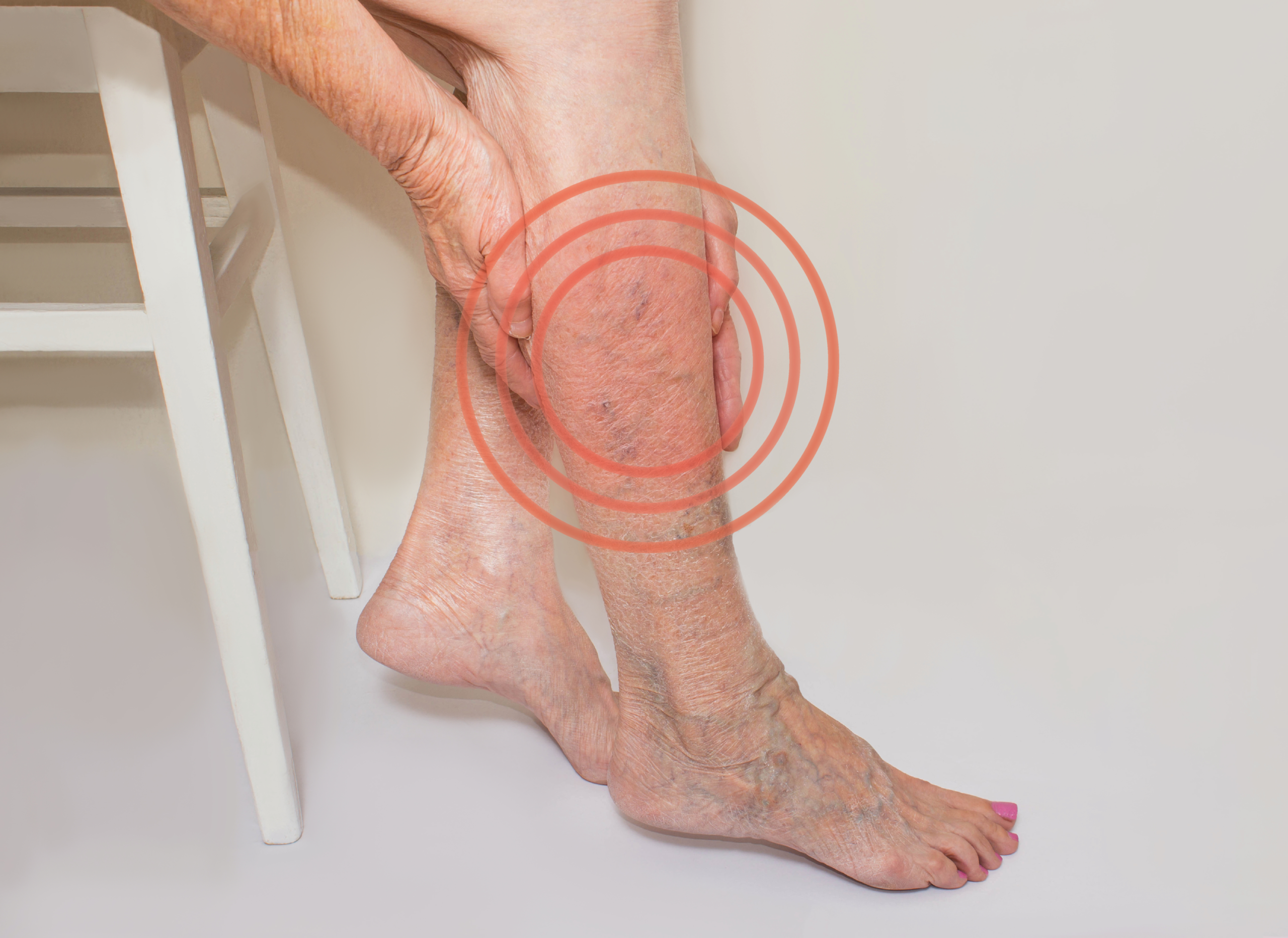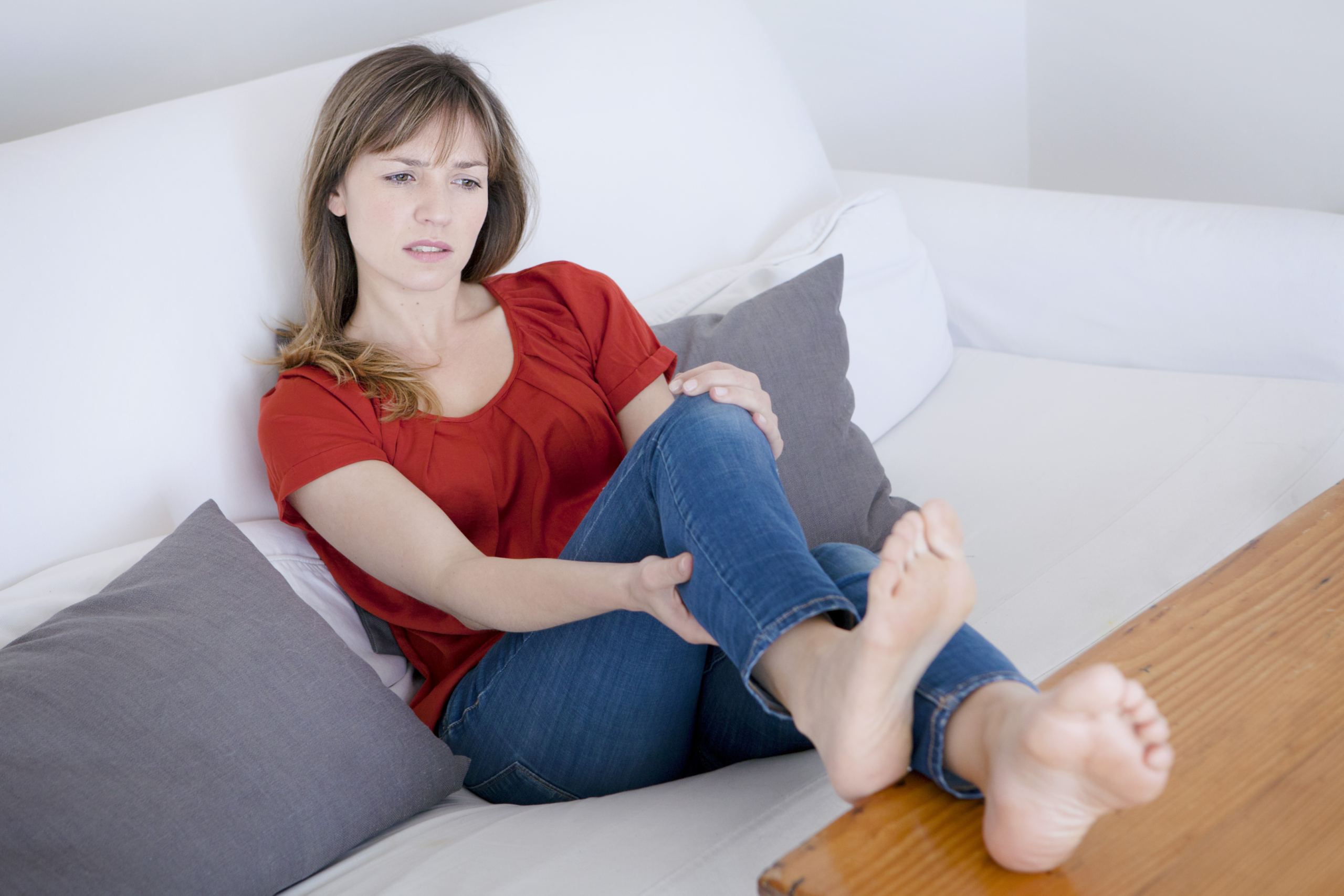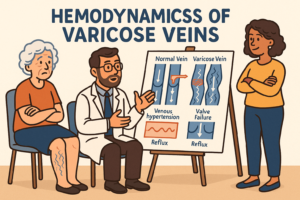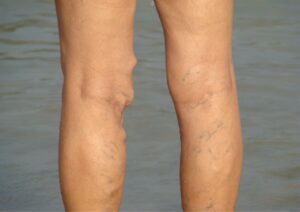Table of Contents
Causes of Varicose Veins
People working at work that require hours of standing up – cooking, serving bartenders, etc. – are more likely to have varicose veins. In addition, pregnant women are prone to developing oral or hormone substitution. Genetics is crucial here. Most people who develop varicose vein syndrome had a family history. Here is another contributor.
What Are Varicose Veins?
Varicose vein is a damaged vein that becomes weak. When blood passes through the blood vessels, the vein can carry the blood only one way. When valves controlling blood flow do not work properly it can cause blood pooling in the veins. This pressure is causing the veins to expand and bulge, and begin to twist, much as the flow happens in fast rivers. These veins are often seen near the skin surface and the blue veins are often deeper violet or blue.

What are the common symptoms and early warning signs for varicose veins and spider veins?
Even in the absence of symptoms varicose veins can grow into disease or an inflammatory condition over time. It can take years to diagnose varicose veins, so yearly checks are recommended. Varicose veins are sometimes an indicator of deeper vein problems resulting in life-threatening problems.
Painful Symptoms or Swelling
If you experience pain or swelling in your legs, this could be an indication of serious vein problems. You should also pay attention if the skin around the varicose veins begins to swell or become tender. If these symptoms occur, contact your doctor as soon as possible for an evaluation.

Bleeding Veins
Varicose veins can sometimes cause bleeding, which can lead to more serious health issues such as infection. If you notice any bleeding from the veins, make sure to seek medical help right away. In some cases, sclerotherapy injections may be needed to stop any bleeding and reduce the appearance of the veins.
Discoloration or Skin Changes
If you notice discoloration in your skin around the varicose veins or changes in texture (such as hardening), this could be a sign of underlying vein disease and should be evaluated by a vein doctor immediately. This is especially true if you have diabetes or poor circulation in your legs—both of which can increase your risk for developing vein disease.
When to See a Vein Doctor
Signs You Should See a Vein Doctor for Your Veins
If you have any of the following signs or symptoms, it could be an indication that you should seek medical help for your varicose veins:
– Swelling in your feet or lower legs
– Pain or discomfort in your legs
– Skin discoloration around the affected area
– Burning or itching sensation around the affected area
– Cramping in your calves after standing for long periods of time
– Wounds on your legs that do not heal quickly. Although varicose veins may look normal and do not present a health risk they should be analysed for health concerns. The failure to treat a vascular vein could cause serious problems. Do you need blood pressure monitoring? A few vein clinics such as Vein Center also offer online consultation. The sooner we catch the circulatory issues, the better our chances are of fixing them.

Risk factors
The good news is that there are several treatments available for varicose veins depending on how severe they are.
Age & Gender
Your age and gender are two of the key factors in developing varicose veins. Women are more likely to develop them than men due to hormonal changes that occur during pregnancy or menopause. Age is also a factor as you get older; your skin loses its elasticity which makes it harder for blood to flow properly through your veins.
Family History
If you have a family history of varicose veins, you’re more likely to develop them yourself. Other genetic predispositions that increase your risk include having weak vein walls or valves or having problems with your lymphatic system—all of which can lead to poor circulation in the legs and the development of varicose veins.
Weight & Lifestyle Factors
Being overweight puts additional pressure on your circulatory system, making it harder for blood to flow properly throughout your body—including your legs. If you stand or sit for long periods of time without taking breaks, this can also put undue stress on your veins as they become less efficient over time when they don’t get regular movement throughout the day.
Treatment options include sclerotherapy (injecting a solution into the vein), endovenous laser therapy (using lasers to close off damaged veins), and ambulatory phlebectomy (a minimally invasive procedure). Your vein doctor will assess your individual case and recommend the best course of action based on their findings.
Conclusion:
Varicose veins are a common condition that generally does not require medical care unless there are concerning symptoms present such as pain, swelling, bleeding, discoloration, or skin changes. If you experience any of these symptoms along with varicose veins, it is important to seek medical attention from a healthcare provider who specialises in diagnosing and treating vein disorders so that proper treatment can begin right away. It is always better to err on the side of caution when it comes to potential health issues; early diagnosis and treatment provide the best chance for successful outcomes with vein problems such as varicose veins.
FAQ
When should I worry about varicose veins in my legs?
If you are suffering from severe and permanent pain on the legs that can be painful and may cause bruising or swelling. The feeling in your legs is a dull or painful sensation after exercise.
When should I seek medical attention for varicose veins?
You need a physician when you have varicose veins. Leg or ankle swelling can be severe. Skin colour changes in feet and ankles. Legs are often infected and have uncontrolled muscle spasmodic aches.
What can happen if varicose veins are left untreated?
If left untreated, the varicose veins could lead to deep vein thrombosis. Symptoms of the disease occur because blood clots can become loose and settle in the lung.
How do I know if I have a blood clot in a varicose vein?
However, if severe varicose veins are present in the deep vein it can cause bleeding in the bloodstream and cause thromboembolic symptoms. A blood clot needs immediate treatment. Blood clots can cause swelling or redness on the legs as well. Blood clots may occur in arms and other areas.









